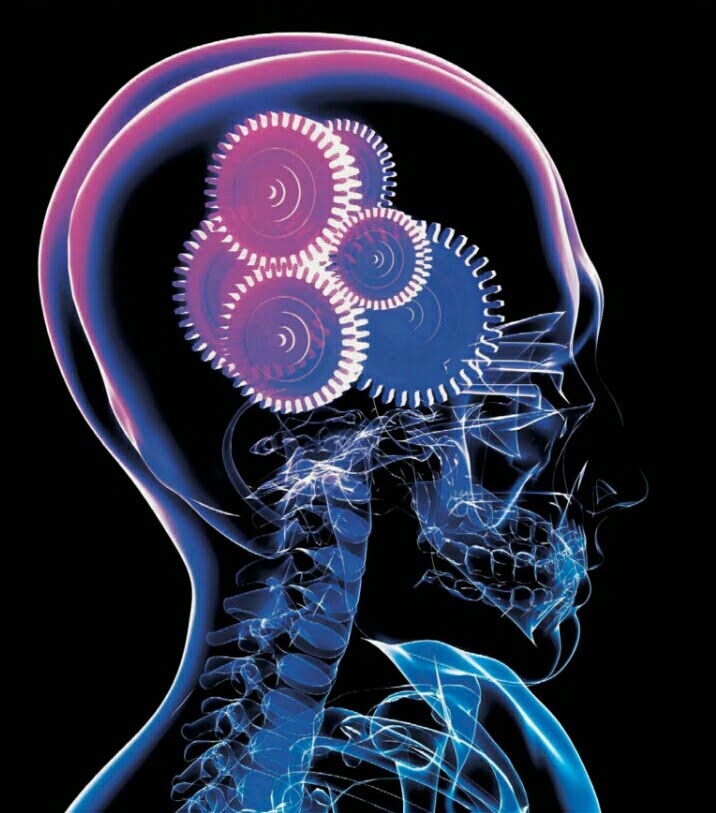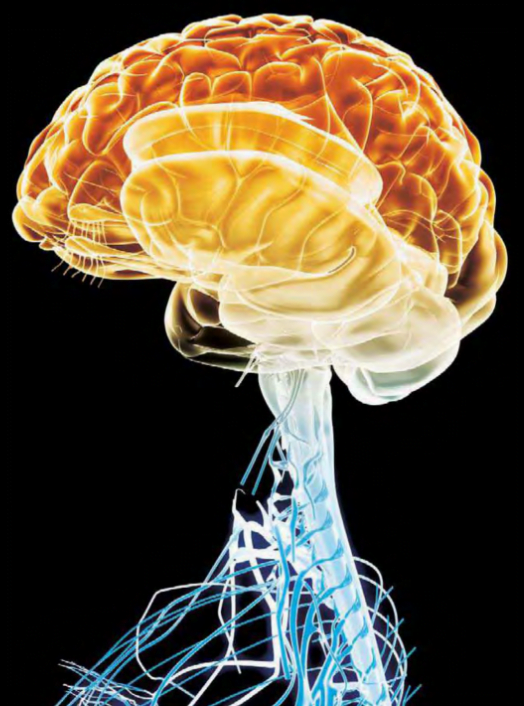THE AMAZING BRAIN – KNOWING ITSELF
THE BRAIN should need no introduction. You should know it intimately. Afterwards all, the brain is what makes you you. But it’s a paradox that the organ that lets you know and connect with world understands so little about itself.
Now, thanks to stunning research building upon decades-no, centuries-of investigation, science is peeling away the layers of mystery to reveal how three pounds of flesh create an entire universe inside your head.

KNOWING ITSELF – UNDERSTAND THE BRAIN
IT’S NOT MUCH to look at. Hippocrates , the Greek healer identified with the birth of medicine more than 2,000 years ago, thought it was made of moist phlegm. English philosopher Henry More, writing in the 1600s, compared it to bone marrow, a bowl of curds, or a cake of suet.
Modern day neurologist Richard Restaksays it resembles nothing so much as a large, wrinkly, squishy walnut. Looks can be deceiving.
The brain, a three-pound chunk of organic matter, is not only the body’s most marvelous organ, it is the most complicated object known. It is “wider than the sky,” wrote poet Emily Dickinson. “For, put them side by side, / The one the other will contain / With ease, and you beside.”
It is humbling to consider the brain and all that it does in every moment of our lives. In this corrugated mass of flesh, a staggeringly complex symphony of electrochemical reactions plays out every second of every day. Much of it does so without need of any conscious conductor to direct the ongoing melody.
The brain makes the lungs expand with the inrush of air, the heart pump blood, and the immune system fight off infection. It monitors pain and pleasure, signals when to eat and when to sleep, houses memones and thoughts, and manufactures dreams and ideas. It processes sounds and sights, smells and tastes, and feelings ranging from the subtle to the sublime.
THE HUMAN ORGAN
Beyond the work the brain does automatically comes something far different than mere mechanics. Out of the human brain arises consciousness-the unique ability of Homo sapiens, “thinking man,” to be aware of being aware.
Consciousness, sometimes referred to as mind or possibly as soul, is difficult to define. A person in a deep sleep or a coma lacks an awareness, an alertness, that a waking person possesses. This heightened state of knowing about the world, and knowing about the knowing, is part of the definition.
The conscious brain chooses and acts. It assembles words through language and communicates ideas. It commands muscles to move, directing the backhand volley of a tennis racket and the driving of a race car.
It allows parents to recognize their children, and children to bond with their parents. It is responsible for Shakespeare’s plays, Mozart’s music, and Einstein’s mathematical formulas.
THE BRAIN AT WORK
Truly, the thoughts, feelings, and memories that arise in the human brain are what define the species as well as being what make each person a ullique member of the human family.
[ External stimuli can physically alter the brain. For example, stress weakens the encoding of memories ]
All of these marvels occur beyond the resolution of the human eye. As it labors, the brain does not expand like the lungs or contract like a muscle. It carries out its work electrochemically at the molecular level.
Much of the process of observing the brain rests on the ability to scan its interior with sophisticated computer- generated images requiring the use of x-rays, radioactive isotopes, and magnets. Small wonder, then, that only recently has science been able to examine the brain in detail and begin to explain its workings. Relying on macroscopic observation alone, research into the brain started extremely slowly.


